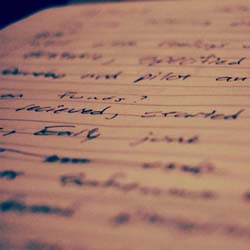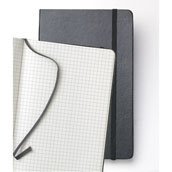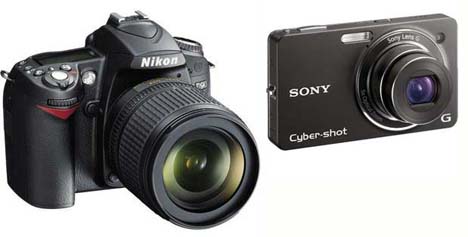You’ve just finished a killer tracking session, one that you really want the ability to recreate, so now what?
I’m generally confident in my memory for microphone placements and studio setup, except that plans change and what may have been easy to remember tomorrow suddenly needs to be compartmentalized until everyone is available again next month.
Plus, there’s no remembering compressor or EQ settings, let alone values for gear that has less than descriptive front panels.
So, what’s an engineer to do? Well, the obvious answer is documentation of some form. I’ve engineers over the years who wouldn’t take the time to write down a setting unless contractually bound.
However, I’ve been convinced by many that documentation is not only necessary for when a client comes back next year for an emergency remix, but also that documentation is of intrinsic cultural and historic value after the fact.
After all, you never know what may become of that last-minute project you did last week, and it’s always valuable to be able to look back. All this having been said, what form of documentation you use depends completely on your work-flow and needs. So, let’s take a look at some of the options.
Analog
There’s nothing quite so simple as good old pen and paper. When I’m running around a studio or venue just trying to get work done minute to minute, this is more than likely how I’m going to keep track of data.
I’ve created my own take sheets, track sheets, and session logs which I print off and use when I’m in a hurry. However, If I’m working and just trying to keep track of information, there’s no separating me from my Moleskine.
Of course, paper being paper, it is susceptible to damage. The next time I’m working an outdoor venue I really want to try Rite in the Rain All-Weather Paper.
Digital
Sometimes, there’s just no time to write. Really, I’ve been there, and it’s a pain. However, if you’re packing a camera while you’re working, you can settle on an equally useful compromise; pictures.
Even though you might not have a detailed diagram of the setup or precise details of settings, snapping a few pictures before you hurriedly move on in a busy setting is often all you need to piece it all back together at a later date.
This is just as useful for capturing the front panels of gear as notating exactly where that tom mic was. Whether you’re rocking a compact point-and-shoot or a trusty Digital SLR, a camera is a fantastic way to keep track of details in the heat of the moment.

















